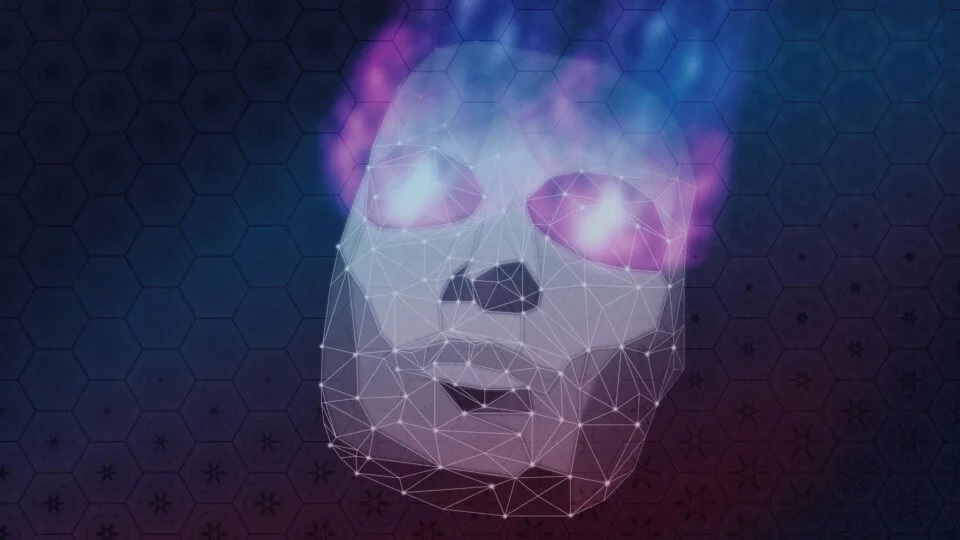In the last few years, we have witnessed that the digital landscape's boundary between reality and fiction has become increasingly blurred thanks to the advent of deepfake technology. While the intention of developing deep fake technology was purely for entertainment and other legitimate applications, in recent times it has become infamous for spreading rumors. This technology can also manipulate the cybersecurity domain by confusing or interfering users, exploiting their trust, and bypassing traditional security measures.
Numerous cybersecurity experts have raised questions about deep fake technology playing a multifaceted role and risking national security and prohibited information sources.
Today's exclusive AITech Park article will explore the nature, risks, real-life impacts, and measures needed to counter these advanced threats.
Decoding DeepFakes
At its core, deep fakes are a part of artificial intelligence (AI) and machine learning (ML) that leverages sophisticated AI algorithms to superimpose or replace elements within audio, video, or images and develop hyper-realistic simulations of individuals saying or doing things they never did.
As the availability of personal information rises online, cybercriminals are investing in technology to exploit deep fake technology, especially with the introduction of social engineering techniques for phishing attacks, as it can mimic the voices and mannerisms of trusted individuals. Cyber attackers orchestrate complicated schemes to mislead unsuspecting targets into revealing sensitive information or transferring funds.
The Progression of Deep Fakes
Deepfakes have opened a new portal for cyber attackers, ranging from suave spear-phishing to the manipulation of biometric security systems. Spear phishing is a common form of deep fake phishing that develops near-perfect impersonation of trusted figures, making a gigantic leap by replicating writing style, integrity, or mining exact email design. This realistic initiation of visuals and voice can tend to pose an alarming threat to organizations and stakeholders, raising serious concerns about privacy, security, and the integrity of digital content.
For instance, there are cases registered where cyber attackers impersonate business associates, vendors, suppliers, business partners, or C-level executives and make payment requests, demand bank information, or ask for invoices and billing addresses to be updated to steal sensitive data or money. money. Another example is business email compromise (BEC), which is a costlier form of cybercrime, as these scams are possibly conducted for financially damaging organizations or individuals.
In this era of digitization, we can say that we are navigating the uncharted territory of generative AI (GenAI), where we need to understand the importance of collaboration, stay vigilant, and take measures to fight the threat of deepfakes. The question here shouldn't be whether we can completely eradicate the threat but how we acclimate our strategies, systems, and policies to mitigate deepfake threats effectively.
To Know More, Read Full Article @ https://ai-techpark.com/the-rise-of-deep-fake-technology/
Related Articles -
Top 5 Data Science Certifications
Trending Category - AI Identity and access management




